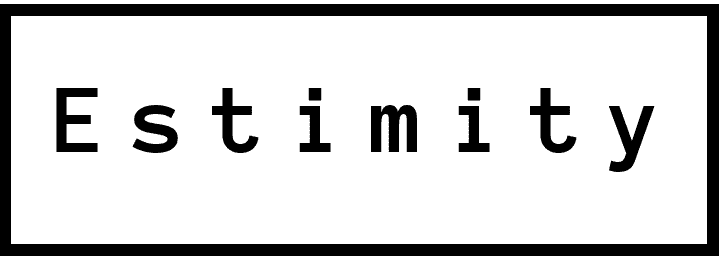
Defining Your MVP: A Guide for Startups
As a Project Manager at Estimity, I understand the importance of defining and launching a minimum viable product (MVP) for startups. A successful MVP launch can be the make-or-break moment for a startup, and it is crucial to get it right. In this post, I will guide you through the process of defining your MVP, providing you with practical recommendations and methodologies.
What is an MVP?
An MVP is a version of a product with just enough features to satisfy early adopters and gather feedback for future development. The goal of an MVP is to test a product idea quickly and inexpensively and determine whether it is worth investing further in its development.
Why is an MVP important for startups? Startups often face limited resources, both in terms of time and money. Launching an MVP helps startups validate their product ideas and determine whether they are worth investing in. By launching an MVP, startups can quickly get their product in front of potential customers and gather feedback, allowing them to make informed decisions about the future development of their product.
What not to include in your MVP?
It is important to keep in mind that an MVP should only include the minimum set of features needed to deliver the core value of your product. This means that any features that are not essential to delivering that value should not be included in your MVP. This includes:
- Non-essential features: Nice-to-have features or features that do not directly contribute to delivering the core value of your product should not be included in your MVP.
- Complex functionality: Avoid adding complex functionality to your MVP, as this can delay the launch and increase the cost of development.
- Fancy design elements: While a well-designed product is important, focus on functionality over design for your MVP. Keep the design simple and focused on delivering the core value of your product.
How to define your MVP with Estimity’s framework?
Defining your MVP can be a challenging task, but with the right approach, it can be done effectively. At Estimity, we have developed our own MVP definition framework to help you build the scope of your MVP. Here are some steps you can follow:
- Identify the core value of your product: What problem does your product solve and what is the unique value it provides to your customers? Focus on the core value of your product and prioritize it above all else.
- Determine the minimum set of features needed to deliver that value: Focus on delivering the core value of your product and only include features that are essential to delivering that value.
- Gather feedback from potential customers: Reach out to potential customers and gather feedback on your MVP. This feedback can be used to inform future development decisions.
- Launch and iterate: Launch your MVP and continue to gather feedback from customers. Use this feedback to iterate and improve your product, adding new features and refining existing ones.
Conclusion
Defining your MVP is a critical step in the development of any startup. By following the steps outlined in Estimity’s MVP definition framework, and avoiding non-essential features, complex functionality, and fancy design elements, you can effectively define your MVP, validate your product idea, and gather valuable feedback from customers. Remember to focus on the core value of your product, determine the minimum set of features needed to deliver that value, gather feedback, and iterate. At Estimity, we have extensive experience in helping startups launch their MVPs, and we are here to help you every step of the way. Contact us today to learn more about how we can help you bring your ideas to life.






Pingback: Navigating the Early Stages of Startup Development: Common Challenges and How to Overcome Them - Estimity